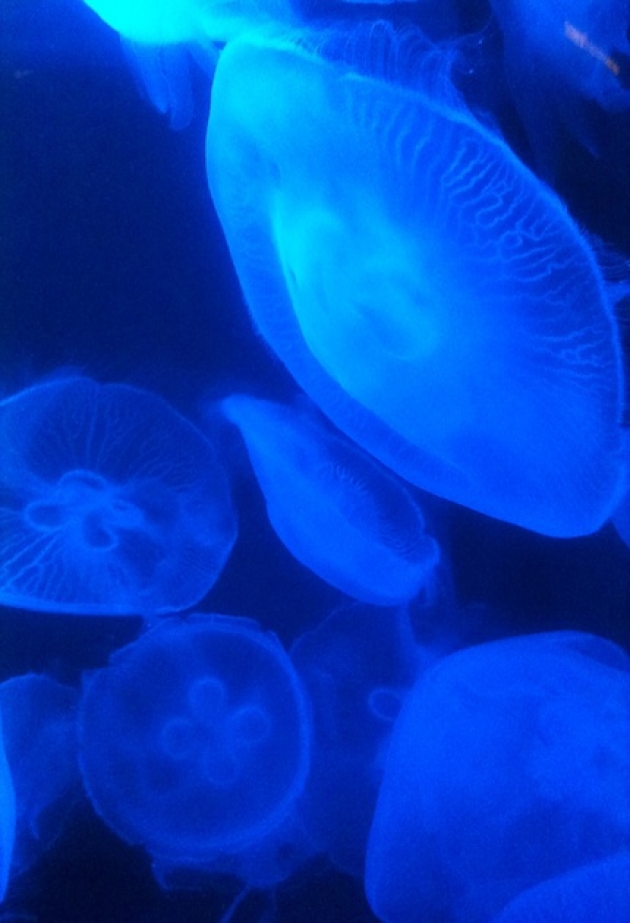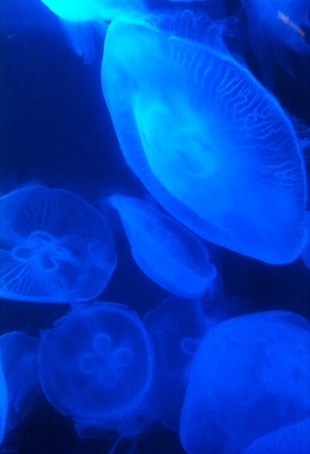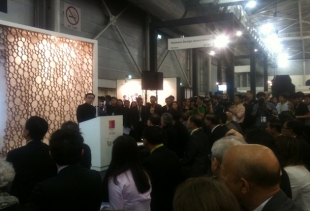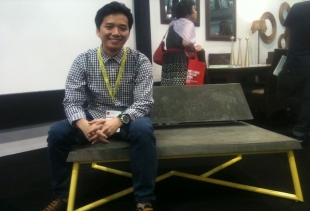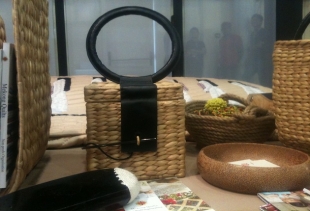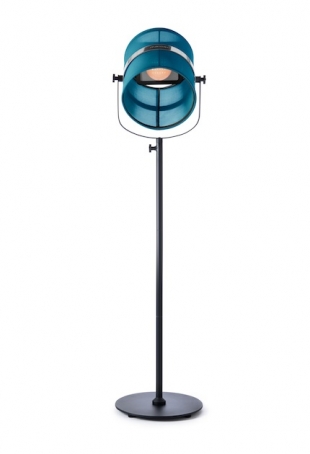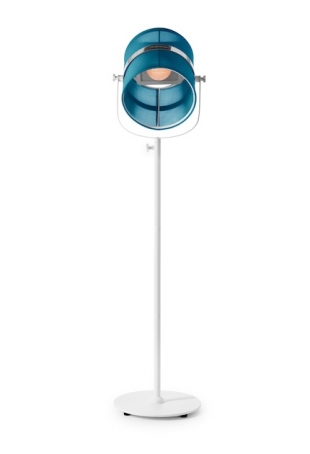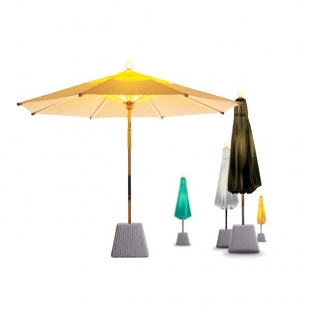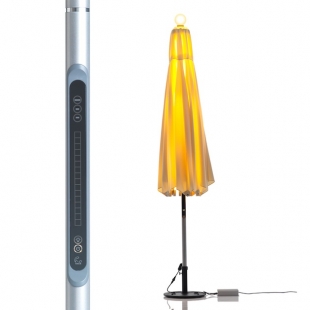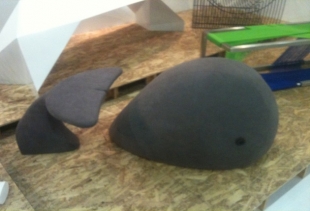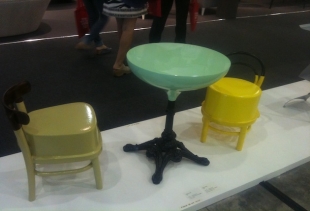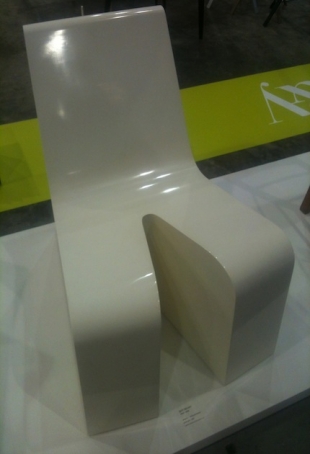» archive blog
-
Carnal, issue 0 of Parterre de Rois
A new magazine in Milandate: 18-07-2013
-
Interview with Nicola Toffolini
A worlds inventordate: 24-04-2011
-
Donne senza uomini.
Installazione multimediale di Shirin Neshatdate: 01-03-2011
Welcome to Singapore, the never ending summer country
+3% the yearly growth of design industries and 31 years of fair now on show until March 16 at Expo
The total market share of Singapore Design industry on 2013 recorded $6,01 billions. This has been one of the figures Mr Lim Hng Kiang, the Trade and Industry Minister, quoted by opening the IFFS 2014 at Singapore EXPO yesterday. We are writing you from a plug and play young country, where every day is birthing in summertime and where tourists maps updated December 2013 (3 months ago) are already obsolete because there is a new subway line (Downtown) and new ones will have to come already within the year. IFFS, the leading Asian fair for furniture and industry, is organized by SFIC, Singapore Furniture Design Council and includes the ASEAN Furniture Show, The Décor Show and for the first time Hospitality 360° plus a nice section of Singaplural, that is not only widespread in town this year. Beside the dates of the next fair (March 13-16, 2015) many were the news the Ministry and the SFIC Ceo, Mr Ernie Coh, announced. What I have understood best is that here we have a country (young, independent from 1959 with a one-chamber parliament, a population of above 5.2 mln, with only one party at the government, the People Action’s Party, and only a small group opposing) where the governors are strong in sustaining creative industry and have a bottom-up approach in listening the needs of the country in terms of those expressed by the society and by the entrepreneurs groups. The first: due that the EXPO could not be available on 2016, the more than 60.000 squared meters necessary to the fair can be coming by building a new one, the International Furniture Park (located at Sungei Kadut) thanks to the grants of two different public agencies (as Spring Singapore that assists also for the grants given by the DesignCouncil Singapore, another governmental agency that creates the National Design Centre of which we’ll speak in our next feature from Singapore).
Another figures to take in account to understand where and with whom we are now, is that within 2030 – according to a Morgan Stanley survey (Asian Affluence: The Emerging 21st Century Middle Class) – the 80% of world growth of global demand will come from the middle classes of the countries exhibited in this trade show (in the first edition “only” 31 years ago, there were only Singapore, Malaysia, Philippine, Thailand now there are other 99 countries).
If the Singapore government imposed quotas on immigration, it also on the other hand gave helps in increasing productivity (more than $17 mln only on 2013 for 86 requesting companies) for the design industry that, since 2010, registers a growth of 3% per year as reported by a SFIC survey.
We found that there are not only helps for productivities (“if as category we demand more foreigners to work in our companies despite the quotas, they say no but if we ask grant programs to extend our productiveness or to restyle a company with design oriented criteria, they will not deny it to us”, says the very dynamic and affable SFIC ceo Ernie Coh, who returned on the relation - and possible overlapping – SFIC/governmental agencies thanks to a question in the informal press debrief happened yesterday afternoon in the Singapore EXPO press room) but also a strong assistance to go overseas (to settle, to trade, to exhibit). For instance, the other public agency (IE, devoted to internationalization) helped not few design companies to face front to the opening of new venues, as in the strong and competitive Myanmar economy to quote here just one.
While us, in Italy, are in troubles even to demand (we fight to ask as category of producers or of design retailers, or together as association of design categories or does not matter how) the VAT cut or for instance again the bonus mobili special enforcement measure (we mean that we are in trouble only to ask, not to obtain it!!), here they’ve assured that any public agencies dealing with design industry are not stepping on the other’s toe. Spring helps creative industry to finance new systems especially in food, retail and infocom sectors (these year the 3 named as crucial in granting) but does this through another agency, Singapore Design Council that – beside to re-design the Design Week in order to do not over-impose it in another crowded times of the year, relocated it within the IFFS days, as Coh reported – rules also the National Design Centre and also deals with courses (the same does SFIC with its internal institute). Among the other governmental agencies, crucial is also JTC.
If this year we see the Parisian M&O choosing Singapore for its first overseas salon (the fair entered the country thanks to the partnership with SFIC: according to Coh “many leagues as ours would have been frightened to be partnering with such a big player in their own countries and during the main design fair they rule, but we’re different and this leads you to understand how we make business. In 3 words: we are open.”), the next we’ll see Asian Design Award (managed by Sleeper) coming here and interacting with the new-born Hospitality 360°. This is more dedicated to the furnishing and textile industry related to accommodation rather than food&beveradge for hotels, this was told also by mr Coh: they do not want to touch the business of a major expo happening in the city with the same theme.
Chapeau Mr Coh: all the SFIC members as him are volunteers in serving the league. They are all business owners of design industries of the country and given that in these days I am spending a good amount of time with them, I am learning a lot and also circa the Singaporean design approach. This young country is not afraid to challenge the tired and old Europe on the innovation ground, the main battle for the next future. At the moment the score is 1:0, Singapore industry and country as a system winning, (sad to say as Italian) of course.
A pocket guide for the fair
6 pavilions, 418 companies (mainly from Singapore) and 33 foreign countries. To visit IFFS you’ll need at least one entire day without indulging in any of the many talks and seminars (from 2 to four per day until March 16). Beside a well filled “Asiatic district” that also hosts new design associations as the Vietnamese one (on Saturday at 4 pm they will talk about themselves and in the fair they are showcasing many new talents including the fruits of a NGO letting work 300 women with a design direction, Mekon Quilts), beside Green Pavilion and a very good section of Singaplural in the fair, you’ll find also surprising cultural shows as Tokyo Avant-Garde 90’s, a retrospective of what Yoichi Nakamuta did in his country once it opened to foreigner designers (Pavilion 6, the design one): it is here the history of the more celebrated productions he issued with people as Newson, Hutten (there is Sexy Relaxy chair I love a lot on show) and Young (also Claudio Colucci with two pieces, one is Gondola) when they started to come in Japan. Nakamuta is based in Singapore as permanent resident since two years and curates Singaplural, plus he founded a new design venture, industry+, that also had grants by Spring (there is a nice show of new products labelled industry+ of which we will feature once reporting from Singaplural: it is at National Design Centre, 111 Middle Road, downtown. A young local designer, Olivia, is to watch carefully).
D Space, at Pavilion 6 (the same hosting Singaplural in the EXPO), groups all the local companies having an inner design centre.
Among the more established Singaporean Designers (lots of young are in the section Design Guns and in others), a mention is especially for George Soo who, beside signing interiors for the main companies including airlines, exhibits his sittings produced by Extra (the main design shop and design publisher located at Park Mall where in these days there is also a M&O retail section including many Western companies as Foscarini). One of the sittings on show is not produced by Extra but from his own design practice (Fliq) and is One-Ton, an outdoor bench seeming of concrete (it is wooden) costing 1000 SingDollars. It is not a new project (having being already on show at National Design Museum here on 2013) but is according to me a very special way to embody how talented Singaporean designers relate to tradition (by the way, One-Ton is the way the foreigners seem to pronounce Wanton, the local main food dish).
Pavilion 5 exhibits the main and better proposal (local and not) if we exclude the design pavilion (n. 6). Here there is also d-Bodhi (I’ve interviewed the founder regarding their participation at the Green Pavilion, Mr Raymond Davids). Once in their booth I talked a while with him (the press folder bag is made from a recycled Calvin Klein jeans) who was happy for the welcoming of the audience (and buyers, mainly from Europe/US, crowding the fair). He was in the flower industry in The Netherlands but, tired of his work, wished a life change so dedicated himself to his other great passion, furnishing with a sustainable approach. So he founds his company in Indonesia where he felt unsafe and not in the best environment (business speaking): on 2007 he so relocates in Singapore. Two of his elder sons (he has 7 with both the two wives) already help in the company. This company, beside to have one of the best styled booths of IFFS, is at higher level in conjugating lifestyle, genious loci and design direction. He is very happy of the industrial climate he benefits in Singapore.
Lots of outdoor furniture can be found here. The Maiori Objects of Design few steps from d_Bodhi booth, is showing in world premiere at IFFF their new outcome, La Lampe Paris, the first outdoor (but also indoor suitable) lamp alimented with solar energy. Five hours of light with 4 of charge if used at its brightest light channel (3 are the available), it is only sold online (329 euro taxes included). With a French touch and the body/legal office in Hong Kong, this company was happy to work in Taiwan thanks the expertise on solar power the design industry of this country is expressing. La Lampe has 13 different lampshade colours (plus two of lamp holder, as pictured) and can be used as floor or ceiling lamp.
Still pending the patent, the Excellent Co. from Hong Kong (Pav. 8, 8c-62) word premieres Ni, curious and unique parasol and torch in one product, with 3 channel LED neon bulbs that on night time transform the (closed or open) parasol in a garden torch. Ni is a syncope of the Spanish word meaning either: in this case either a parasol and a torch. On next July the retail price will be made available and end of March could be the right moment to announce a very important design award for this product that is, beside a very innovative outdoor furniture and lighting, the first design product of this company. Established on 1988 they are only dedicated to trading but this time invented themselves as designers by using a patented on/off system: NI parasol sizes 350cm with 2424 piece LED build-in side. Orders can be placed for more than 10 different colours for the parasol textures and its light consumption is around 3 60W lamps (offering warm light, 2200K).

